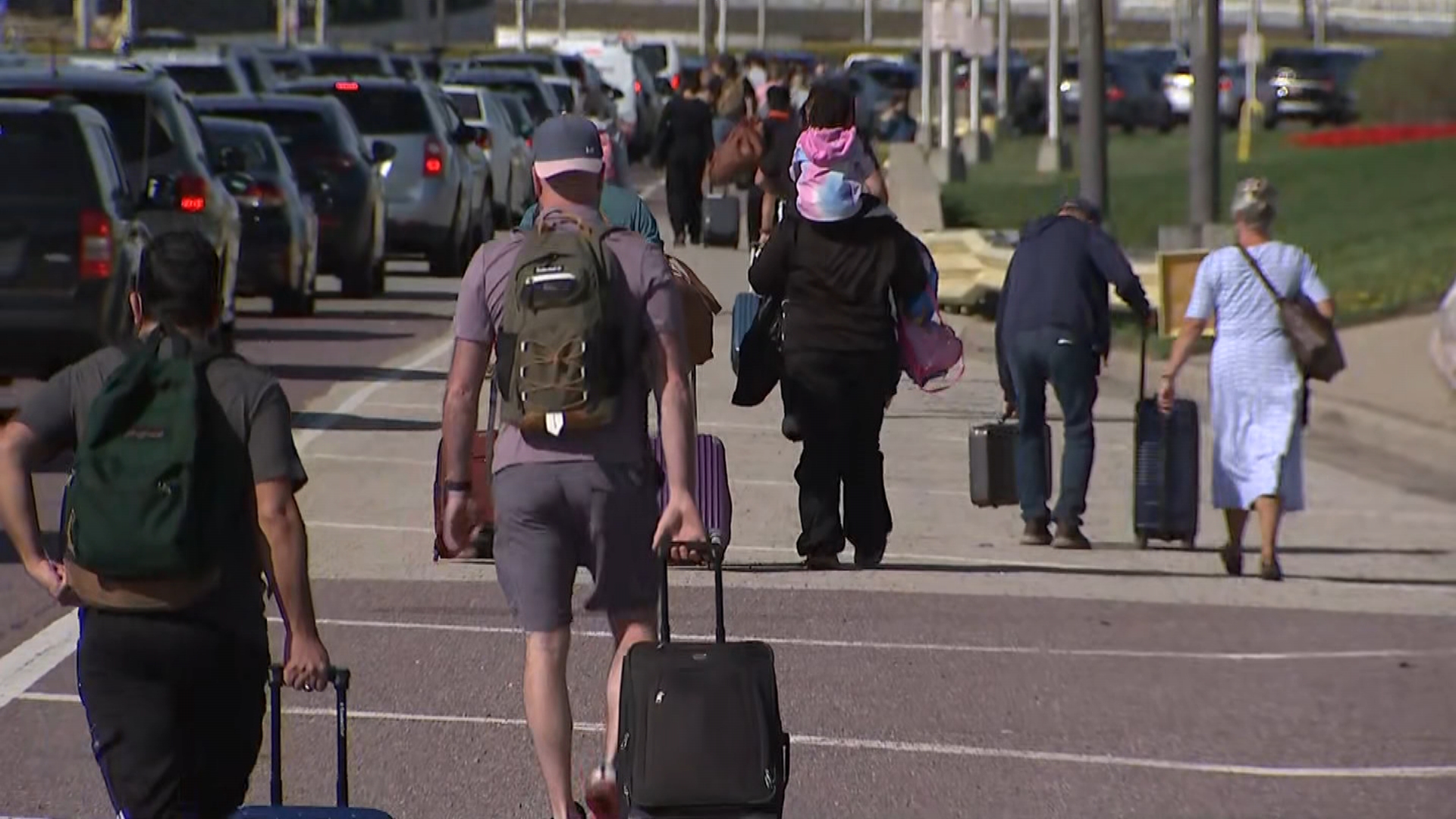Chicago started to ease some of its coronavirus restrictions this week as the region moved down to Tier 2, but indoor dining remains suspended across the city until it reaches Tier 1.
Chicago Department of Public Health Commissioner Dr. Allison Arwady says Tier 1 could be in the near future, with the city potentially meeting the required metrics by the weekend.
"So here in Chicago, our number of COVID cases in the hospital is going down well, our ICU capacity adequate and our positivity had come down. And so really, as of now, still in restaurants and bars, there is no indoor service - that's allowed in the next tier, which we may possibly be able to move toward as early as, you know, possibly over the weekend, early next week, depending where this number goes," Arwady said Tuesday.
Almost all of Illinois was allowed to loosen certain restrictions this week after state health officials changed the guidelines to move between tiers and phases.
The state's health department announced that due to a change in staffing contracts, which increases hospital staffing across the state, the hospital bed availability metric used in determining a region's tier or phase will now only include ICU beds, not all hospital beds available in the region.
With that change, several regions in the Chicago area were placed under Tier 2, including the region that holds Chicago.
"There had been some conversation about whether the non-hospital capacity needed to be included and the state has made a decision that that does not need to be included at this point, which we fully agree with, because you do need to also see your number of COVID cases that are hospitalized going down," Arwady said.
Local
As of Tuesday, the city's average positivity rate sat at 8.1%.
To move from Tier 2 to Tier 1, a region must have an average test positivity rate below 8% for three consecutive days, at least 20% of staffed ICU beds available for three consecutive days and a sustained decrease in the number of people in the hospital with COVID-19 for seven out of 10 days, on a 7-day average.
"We need to be averaging under 8% consistently, and that's as the state calculates it, so we're still a few days, it could be a week away from this, but if progress continues in the right way, I think it is likely that we may be able to move all the way to the Tier 1 mitigation, which is when we are able to reopen indoor dining with a lot of restrictions on it - 25% capacity, only four people at a table, etc.," Arwady said. "So we're not there yet, but I want you to know that the way the numbers are heading. I am feeling very optimistic that hopefully within just a short period of time here, Chicago will be able to move ahead."
Chicago Mayor Lori Lightfoot echoed Arwady's comments during an unrelated press event Tuesday, saying she's glad the state changed the guidelines, which allowed the city to reopen certain places like museums and gyms with limited capacity.
"I'm looking forward to a day when we, and hopefully soon, where we see indoor dining at restaurants," Lightfoot said. "The fact of the matter is that because the Midwest, went through the second surge first, before other parts of the country, we're coming out of it sooner than other parts of the country. We're definitely trending in the right direction. Today, we've reached a new, I think, important milestone of 8.1% positivity. We're still seeing too many cases and we're absolutely seeing too many deaths. The tragedy of this pandemic, unfortunately continues. But there's hope at the end of this long journey. But we've got to remain diligent, but I'm optimistic that we'll see indoor dining and restaurants relatively soon."
Here are the metrics needed for Chicago to move from its current Tier 2 to Tier 1:
To move to Tier 1, regions need:
- A test positivity rate between 6.5 and 8% for three consecutive days, as measured by the 7-day rolling average; AND
- At least 20% available staffed ICU hospital beds for three consecutive days, on a 7-day rolling average; AND
- No sustained increase in the number of people in the hospital with COVID-19 for seven out of 10 days, on a 7-day average.
For a full breakdown of what's allowed in each tier click here.



